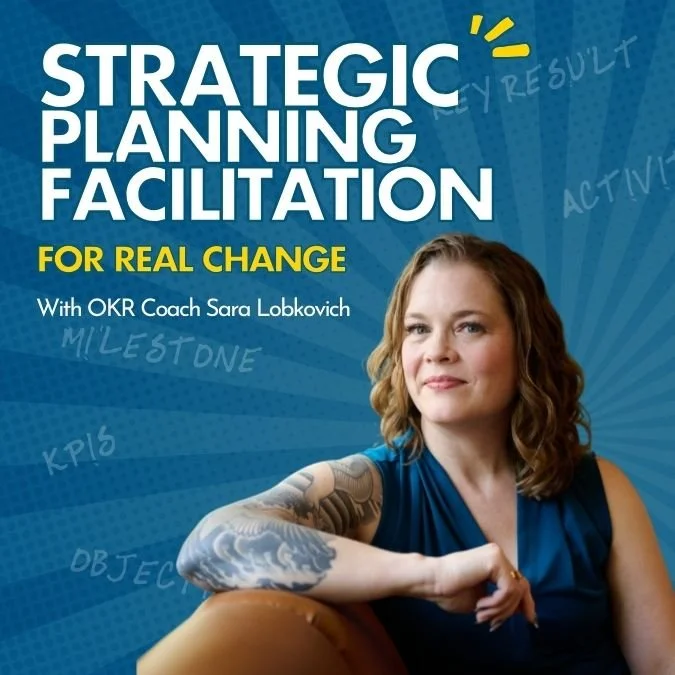The Chief of Staff's Playbook for Breakthrough Strategy Offsites
A complete playbook for designing offsites that generate leadership alignment and organizational action (coming soon!)
Blog post: Get a sneak peek of the full Playbook
How to Plan a Leadership Team Offsite That Actually Drives Results
Comprehensive Guide to Creating Successful Leadership Offsites Coming Soon!
I’m building a comprehensive Notion resource for Chiefs of Staff and other force multipliers who are responsible for planning, organizing, and even leading strategic planning facilitation events and offsites for their organizations.
Want beta access?
Drop me a quick message via the chatbot in the lower right of the screen, or, via our contact form!
ONE DAY. HUGE IMPACT. DONE WITH YOU.
Book a Strategic Planning Facilitation Day
One day of live, interactive, skill-building and strategy creation for your Executive Team (or team offsite) that yields a Connected Strategy for your organization, and a bespoke behavior change plan to increase goal achievement.
DIY WITH STEP-BY-STEP GUIDANCE



